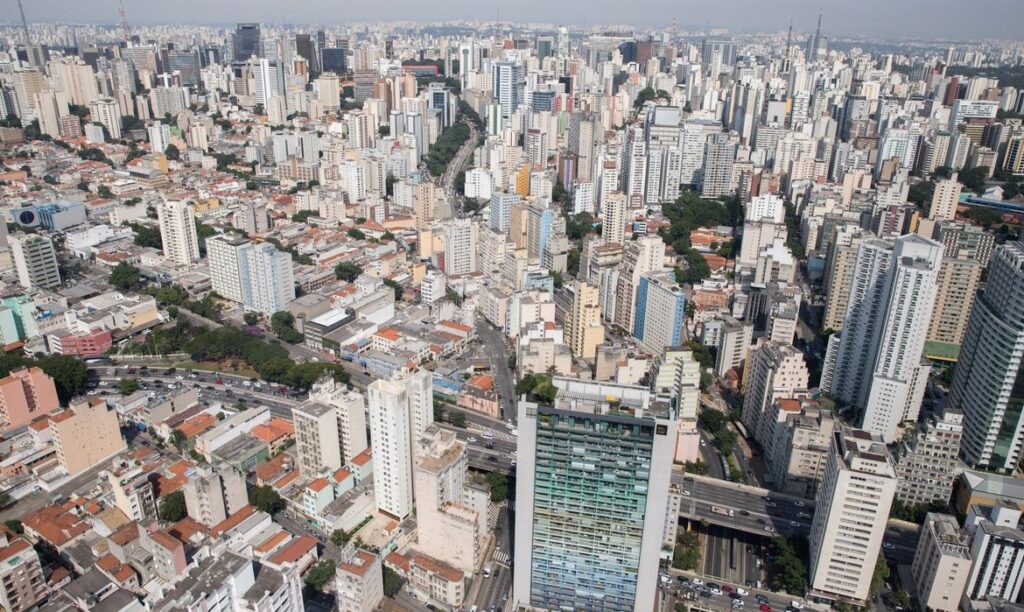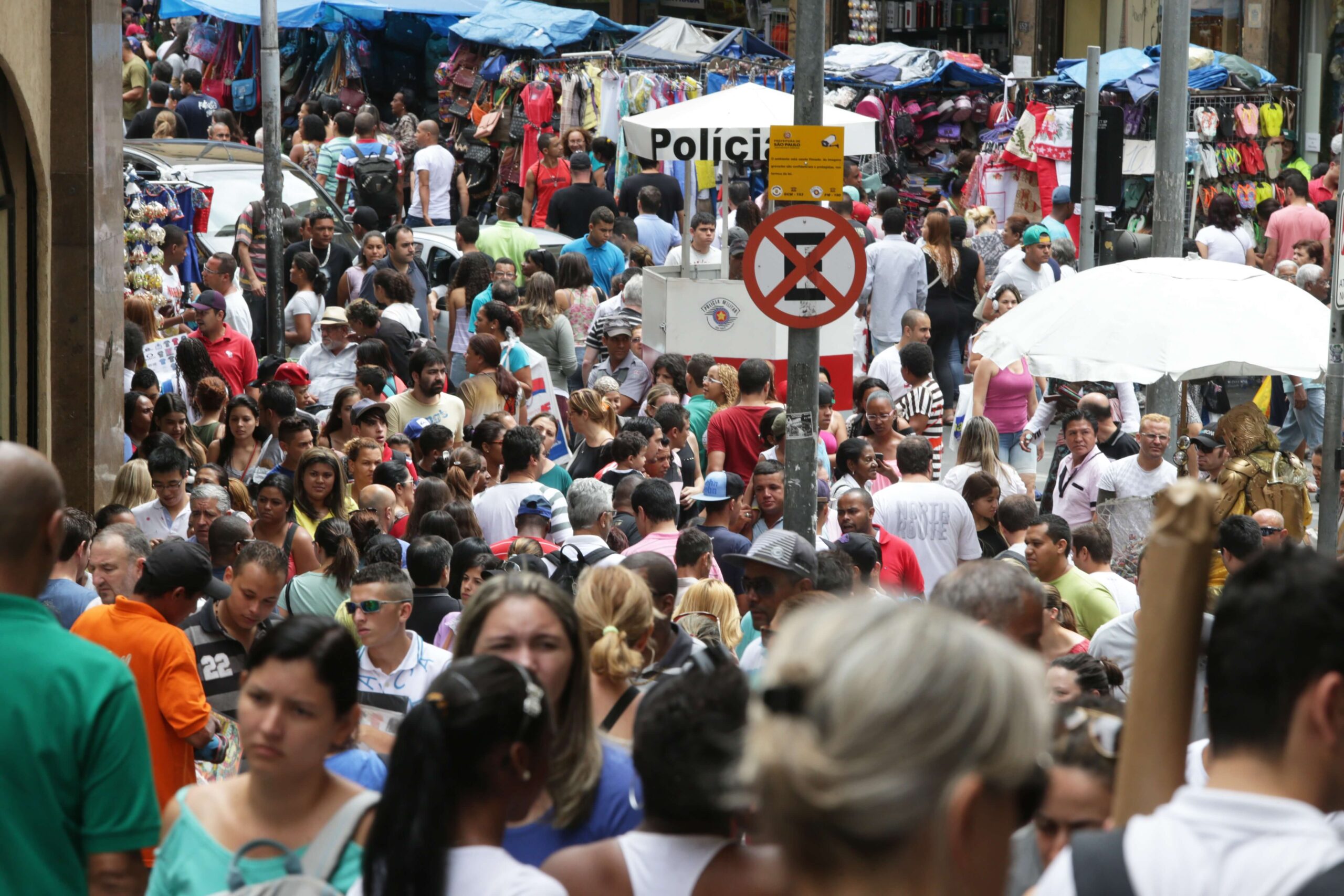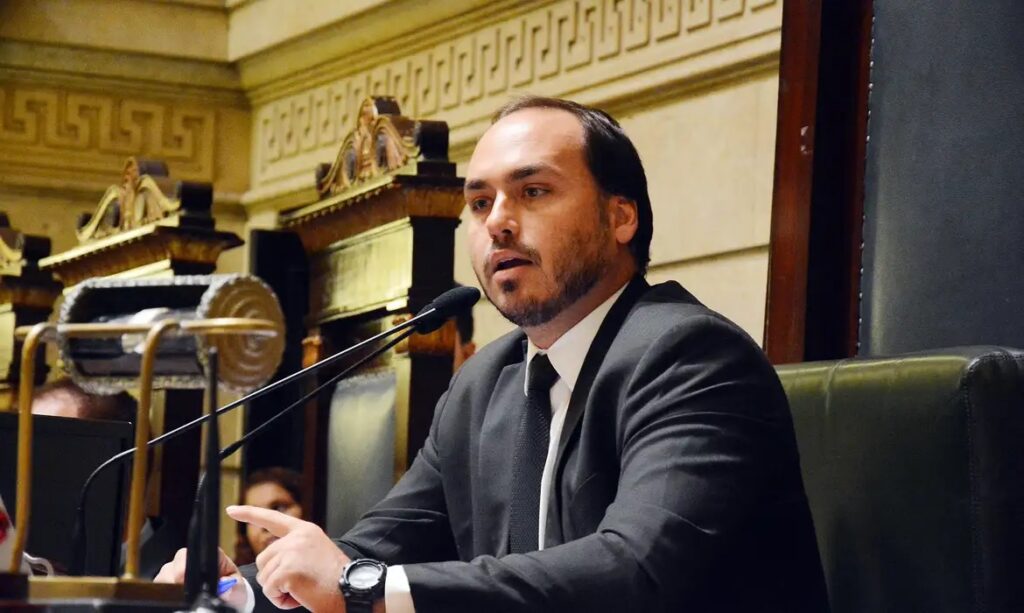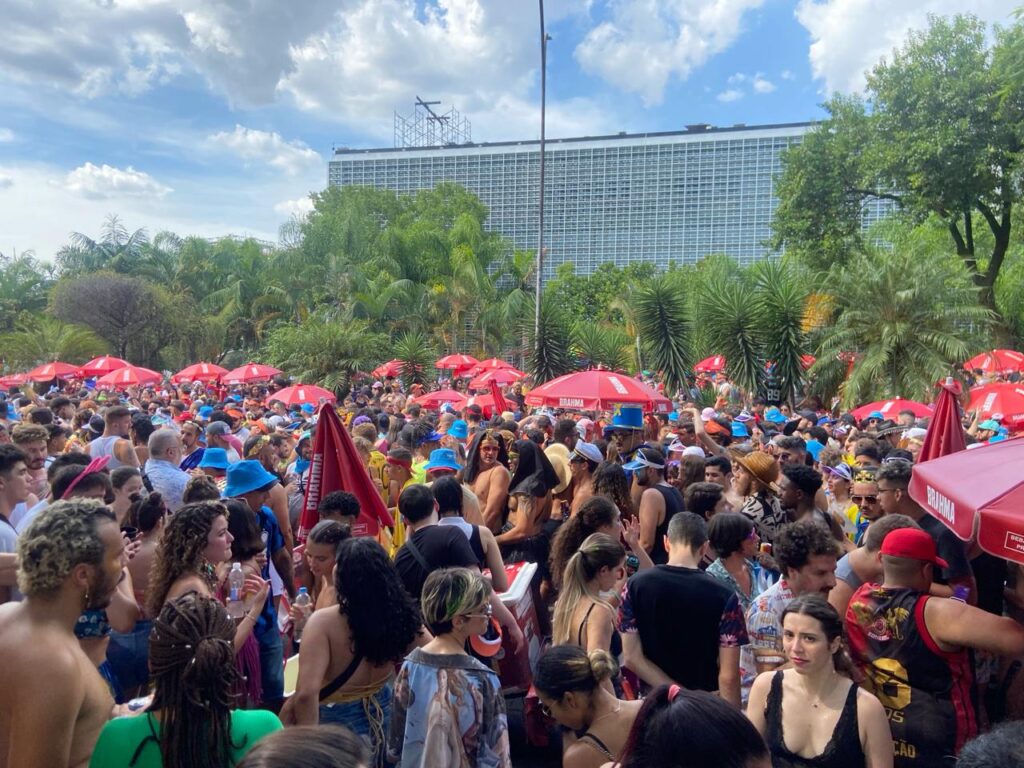São Paulo, Brazil – Brazil surpassed 203 million inhabitants, according to the first census results released on June 28 by the Brazilian Institute of Geography and Statistics (IBGE).
The census also revealed that Brazil’s population growth rate has slowed to its lowest level since IBGE conducted the country’s first census over 150 years ago, a sign that people are waiting longer to have children, and having fewer than their ancestors did.
Brazil currently counts 203,062,512 inhabitants, a 6.5% increase (or an increase of 12,306,713 people) from the last census recorded in 2010. (Brazil’s 2020 census was postponed due to the Covid-19 pandemic and was carried out over the past 10 months, starting in 2022).
Despite the population increase over the last 12 years, the annual growth rate observed by researchers was below their expectations. Brazil’s population grew annually at a rate of 0.52%, the lowest rate of growth recorded in the country since IBGE began conducting a census in 1872.
According to historical data, the annual population growth rate began to drop after 1960 — the year with Brazil’s highest-recorded annual population growth rate of 2.99%.
Nelson de Castro Senra, a retired professor and researcher from IBGE’s National School of Statistical Sciences, attributes the declining growth rate to changes in social behavior amongst Brazilians, as well as its aging population.

“Those who are of childbearing age are preferring to postpone motherhood and when they do decide to have children, they no longer want large families. And there are many couples who would rather have pets than children to take care of,” professor Senra told Brazil Reports.
IBGE is expected to publish more data from the census over the next few months, which could include more insights into characteristics of the population such as average age and education level. According to data from the World Bank, Brazilians from 0-14 years old made up just 20% of the country’s total population in 2022, declining steadily since the late 1960s when this age segment made up 44% of the population.
In addition to falling birth rates, there are other factors that must be taken into account, according to professor Senra, if Brazil wants to balance out its population woes.
Quality of education, he says, must be improved to prevent a brain drain of Brazilians looking for more technically advanced education options abroad.
“It is necessary that the good brains being trained in the country have incentives to stay here, and not be attracted abroad,” said the professor. “And it is not about them leaving for good salaries and good working conditions. The country needs to give all of us good working and living conditions. We need to feel motivated, happy to be here.”
Cities continue to be large population centers in the country
According to census figures, 39.9% of Brazil’s population resides in just three of the country’s 27 states: São Paulo, Minas Gerais, and Rio de Janeiro.
The city of São Paulo continues to be Brazil’s most populous with 11,451,245 residents, followed by the city of Rio de Janeiro with 6,211,423.

For decades the city of São Paulo was the destination of choice for millions of Brazilians from other regions of the country, especially the poorer Northeast, to seek better living conditions and employment.
These migratory flows toward São Paulo, according to professor Senra, have not yet been reversed, however, now cities neighbouring the country’s largest metropolis have also started receiving an influx of new residents, setting off demand for new investment in infrastructure to improve living conditions.
“The metropolitan region [of São Paulo]’s master plans need to be more than perfect, and it’s not enough to think about infrastructure, you have to think about health, education, safety, etc.” said professor Senra.
Census data corroborate Professor Senra’s assertion. Of the 10 cities with the highest population densities in the country, six are located in the São Paulo Metropolitan Region: Taboão da Serra, Diadema, Osasco, Carapicuíba, and São Caetano do Sul.
Along with São João de Meriti in the state of Rio de Janeiro, these are the only cities in Brazil with over 10,000 inhabitants per square kilometer — hundreds of times the national average of 23.86 per square kilometer and even surpassing São Paulo which counts 7,527 residents per square kilometer.
He also notes that Northeastern states should do a better job of keeping labor talent in their states and investing to attract new workers as well, in an effort to balance the national population amongst more cities, but also to create more opportunities for the local population where they live.
“The Northeast would need to be a draw, not just a tourist draw, and even in this case, it should be a great allocator of personnel,” he said. “It would need to be a great allocator of family labor. It is imperative to make the sertão attractive. There need to be less talkative politicians and more active, working politicians.”











